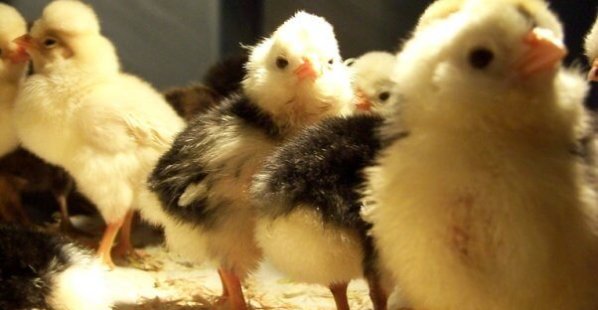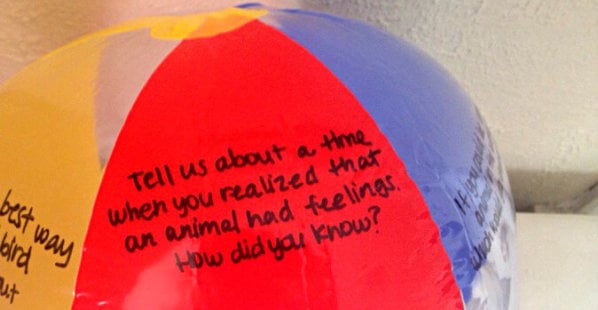Cruelty-Free DIY At-Home Science Experiments
Most kids have an innate interest in experimenting, and you can easily pique your child’s curiosity with cruelty-free experiments and activities that teach them that sound science never requires the use of animals. It’s an important lesson that’s never too early to impart, because even though children don’t directly poison, infect, or otherwise harm animals in laboratories, it’s not uncommon for students to support cruelty to animals unknowingly in the name of science at school—including for dissection, egg-drop or biology in a bottle experiments, and chick-hatching projects; by using products that have been tested on animals; or by engaging in other exploitative practices.
 © iStock.com / CEFutcher
© iStock.com / CEFutcher
Kids should be learning that science is fun—and it’s not fun for anyone to be used in painful, deadly experiments. The good news is that harming animals for human advances and for cool DIY experiments is 100% avoidable. If you and your kiddos are ever looking for something fun and interesting to do on a rainy day, try these cruelty-free and vegan hands-on activities that you can do at home without hurting any animals!
1. Invisible Ink
Send a secret message with this simple experiment that requires minimal supplies and lots of creativity. Make sure your kid’s creation speaks up for animals for extra points. 😉
2. DIY Volcanic Eruption
Making a replica of a volcanic eruption is a big, fun mess that’s easily cruelty-free. All you need is baking soda (not to be confused with baking powder), vinegar, and food coloring—no volcano necessary. (But you could always make one for a bonus arts and crafts project.)
3. Homemade Slime
Make colorful, fluffy slime at home using cruelty-free glue, foam shaving cream (like Acure Organics), and contact lens solution (like Clear Conscience). There’s no borax in this slime recipe, unlike many others you’ll find online, so you don’t have to worry about finding cruelty-free borax. And check out this easy putty recipe that can be made with cruelty-free dish soap (like Mrs. Meyer’s Clean Day or Dr. Bronner’s) for a similar squishy mess with even fewer ingredients.
4. Sensory Bottles
Sensory bottles are fun, easy, and highly customizable. You basically just need a water bottle and some water, and then you add food coloring (Color Kitchen makes it vegan and cruelty-free), glitter, baby oil, and materials like pompoms, ribbon, acrylic hearts, sand, and shells (or whatever else you think would look nice).
Use these cruelty-free experiments and activities to foster compassion for animals in your child by teaching them that animals aren’t test tubes and that experiments should always be ethical—all while making new and exciting discoveries! Talk to your child about the things they’re doing in science class, and help them opt out of all classroom activities that harm animals. Do even more for animals by asking the teacher or school to replace any exercises that exploit them with humane, animal-free options.





Under 13? Ask your parents bee-fore you continue!